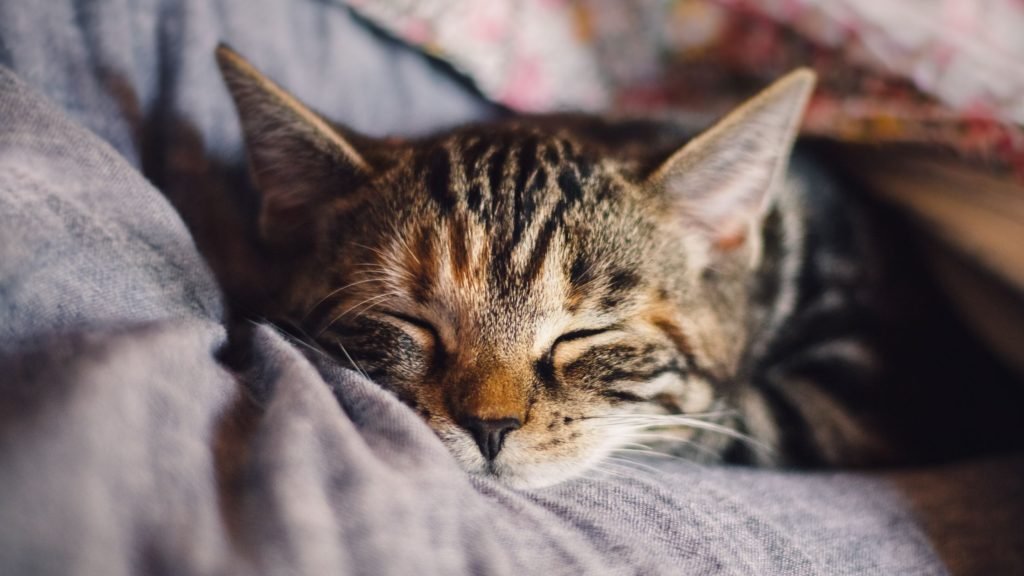Can cats eat chicken bones? Learn about the dangers of feeding your cat chicken bones and discover safe alternatives. Find safe and nutritious options to keep your cat healthy and happy. Read on to ensure your cat’s safety regarding its diet.
Can Cats Eat Chicken Bones?
A Common Question Among Cat Owners
Many cat owners wonder if eating chicken bones is safe for their feline friends. After all, cats are known for their love of meat, and chicken is a common ingredient in many cat foods. However, the answer to this question is more complex than you might think.
The Importance of Knowing What Foods Are Safe for Cats
As a responsible pet owner, knowing what foods are safe for your cat to eat is essential. Feeding your cat the wrong foods can lead to serious health problems, including gastrointestinal issues, kidney failure, and even death. Therefore, it’s crucial to understand what your cat can and cannot eat, especially regarding bones.
You May Also Interest: Claw-some Techniques on How to Groom a Cat
The Risks of Feeding Cats Chicken Bones
As a cat owner, you may wonder if treating your furry friend to a chicken bone is safe. While cats are carnivores and love to gnaw on bones, feeding them chicken bones can be dangerous.
The Potential Dangers of Chicken Bones
Chicken bones can splinter easily and break into sharp fragments that can cause harm to a cat’s digestive system. The sharp edges can puncture their intestines or get lodged in their throat, causing choking or even death.
Cooked vs. Raw Chicken Bones
Cooked chicken bones are even more dangerous than raw ones because they are brittle and can break apart easily, making them more likely to cause harm. Bare chicken bones, conversely, are less likely to splinter and break apart but still pose a risk to your cat’s health.
What should cats eat instead?
Explanation of the recommended diet for cats
Cats are obligate carnivores, meaning their bodies require high protein from animal sources. Providing them with a balanced and nutritious diet that meets their dietary needs is essential. The best option is a portion of high-quality commercial cat food formulated specifically for their life stage and health needs.
Discussion of the benefits of feeding cats a balanced diet of meat, vegetables, and grains
A balanced cat diet consists of a combination of meat, vegetables, and grains. Meat should be the primary source of protein, but vegetables and grains can provide additional nutrients and fiber. Feeding your cat, a balanced diet can help maintain its overall health, including its coat, teeth, and digestive system. It can also help prevent obesity and other health issues.
Overview of safe and nutritious alternatives to chicken bones
Instead of feeding cats chicken bones, consider offering them small amounts of cooked, boneless chicken or turkey as a treat. In moderation, you can also provide them with various other types of meat, such as fish, beef, or lamb. Additionally, some cats may enjoy small amounts of cooked vegetables or fruits as a treat, but it is essential to research which ones are safe to eat. Always consult with your veterinarian before making any changes to your cat’s diet.
You May Also Interest: Is Wet Food Bad For Cats Teeth?: Discover The Truth
Keeping Your Feline Friend Safe
Monitor Food Intake
Cats have unique nutritional requirements, which is crucial to a well-rounded diet. It’s essential to monitor your cat’s food intake to prevent overfeeding or feeding them foods that may harm them.
Feeding Human Food Safely
Sharing human food with your furry friend is tempting, but it’s essential to do so safely. Avoid feeding cats table scraps or foods high in fat, sugar, or spices. Safe human foods for cats include cooked meats, vegetables, and small amounts of fruit.
Household Hazards
Cats can be curious and may get into things that could harm them. Common household hazards for cats include toxic plants, cleaning chemicals, and small objects that can be swallowed. It’s crucial to keep these items out of reach and to supervise your cat closely to ensure their safety.

